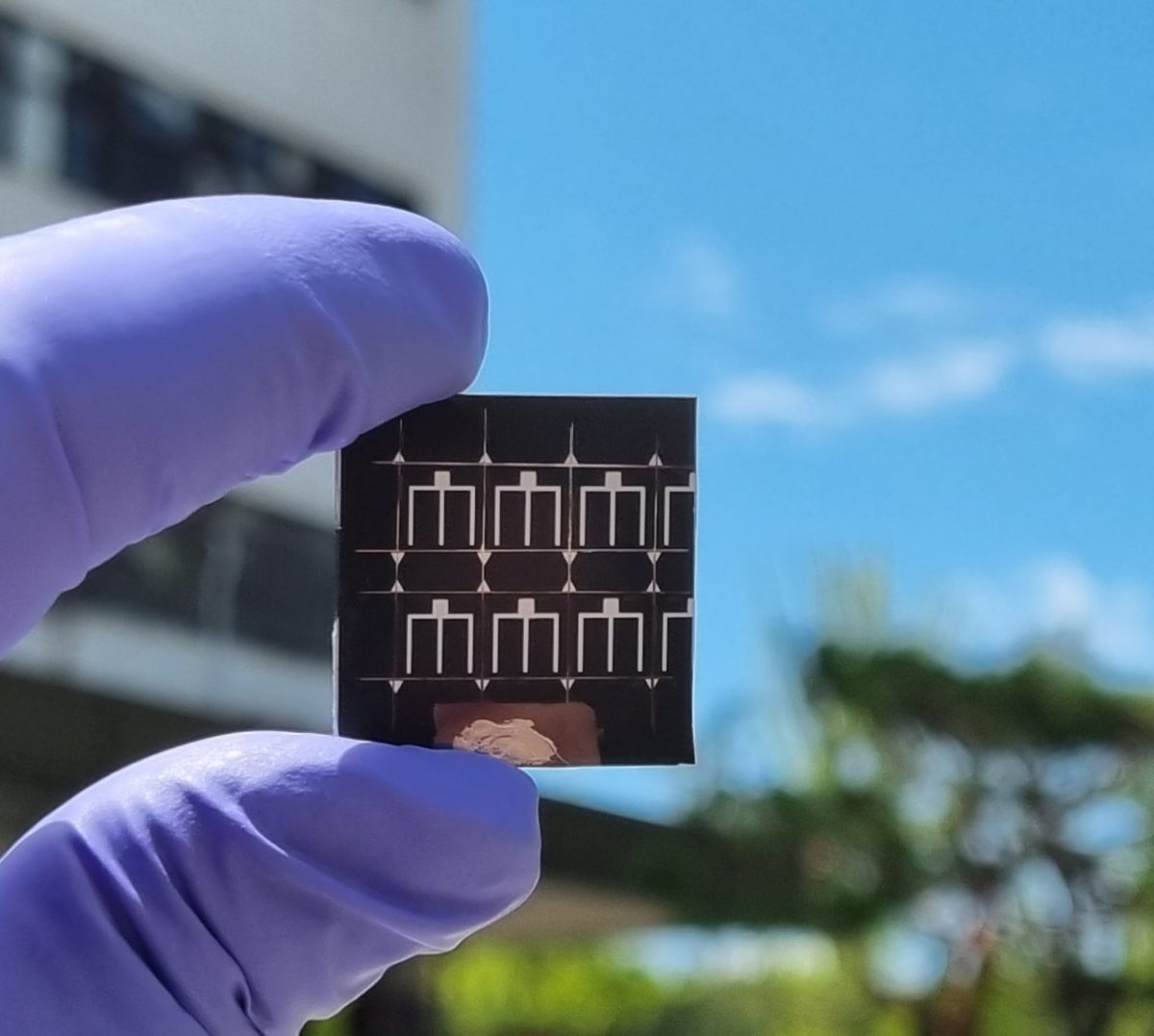Scientists from Chonnam National University in South Korea have fabricated a heterojunction kesterite (CZTSSe) solar cell based on a zinc sulfide oxide Zn(O,S) buffer layer, which was used as an alternative to toxic cadmium sulfide (CdS), which is common in kesterite devices.
The researchers used a one-minute ammonium sulfide (NH4)2S treatment process for surface cleaning and passivation of the cell's CZTSSe absorber. The process is intended at removing oxides and hydroxides from the absorber layer.
The Zn(O,S) films were deposited through atomic layer deposition (ALD) at a substrate temperature of 90 degrees Celsius. The CZTSSe-absorber layers were synthesized on a soda-lime glass (SLG) substrate coated with molybdenum (Mo). Copper-tin-zinc (Cu-Sn-Zn) metal films were deposited on the SLG/Mo substrate by direct current (DC) sputtering. The CZTSSe-absorber layers were synthesized, again, by rapid thermal annealing in a graphite box and then exposed to potassium cyanide (KCN) etching for two minutes.
The performance of the device was assessed through J–V measurements under one-sun illumination and compared to that of a similar cell developed without the (NH4)2S treatment. The latter showed a power conversion efficiency of 7.46%, an open-circuit voltage of 0.483 V, a short-circuit current of 34.4 mA cm², and a fill factor of 0.45. The cell treated with (NH4)2S exhibited a much higher efficiency at 9.82% and a remarkable fill factor of 0.56, with the open-circuit voltage and short-circuit current being 0.496 V and 35.6 mA cm², respectively.

Image: Chonnam National University
“Increasing the (NH4)2S treatment duration resulted in a gradual decrease in the FF and, thus, low cell efficiency,” the scientists noted, adding that the cell efficiency remained much higher than that of the cell without the treatment. “Further, it is worth noting that the cell efficiency obtained herein is the highest efficiency reported for the CZTSSe-based thin-film solar cells fabricated with the ALD-Zn(O,S) buffer layer.”
“The cell was so far developed with a small size and at the laboratory level,” the research main author, Jaeyeong Heo, told pv magazine. “It is currently hard to estimate its costs for production.” The research team claimed its findings are encouraging for the development of cadmium-free Zn(O,S) buffer layer-based kesterite solar cells fabricated by completely vacuum-based processes.
A thorough description of the cell and its fabrication process can be found in the paper CZTSSe/Zn(O,S) heterojunction solar cells with 9.82% efficiency enabled via (NH4)2S treatment of absorber layer, which was recently published in Progress in Photovoltaics.
The article was amended to reflect that the Chonnam National University is located in South Korea and not in China, as we previously reported.
This content is protected by copyright and may not be reused. If you want to cooperate with us and would like to reuse some of our content, please contact: editors@pv-magazine.com.




By submitting this form you agree to pv magazine using your data for the purposes of publishing your comment.
Your personal data will only be disclosed or otherwise transmitted to third parties for the purposes of spam filtering or if this is necessary for technical maintenance of the website. Any other transfer to third parties will not take place unless this is justified on the basis of applicable data protection regulations or if pv magazine is legally obliged to do so.
You may revoke this consent at any time with effect for the future, in which case your personal data will be deleted immediately. Otherwise, your data will be deleted if pv magazine has processed your request or the purpose of data storage is fulfilled.
Further information on data privacy can be found in our Data Protection Policy.